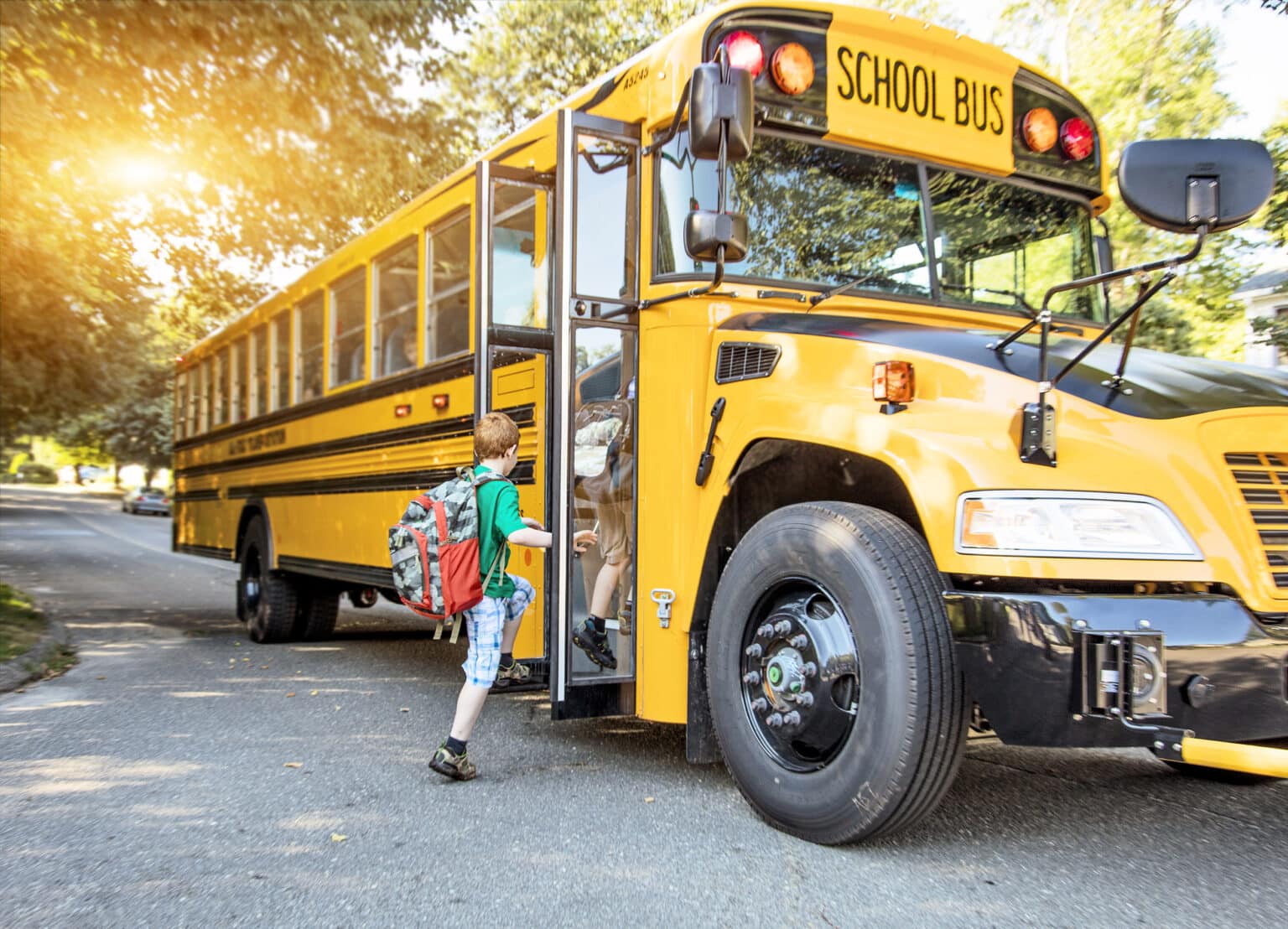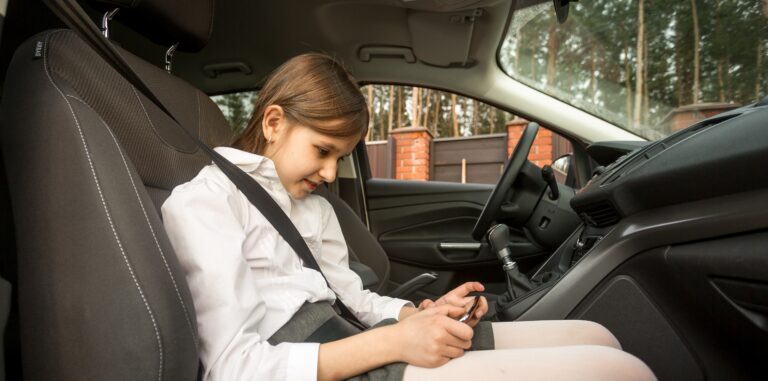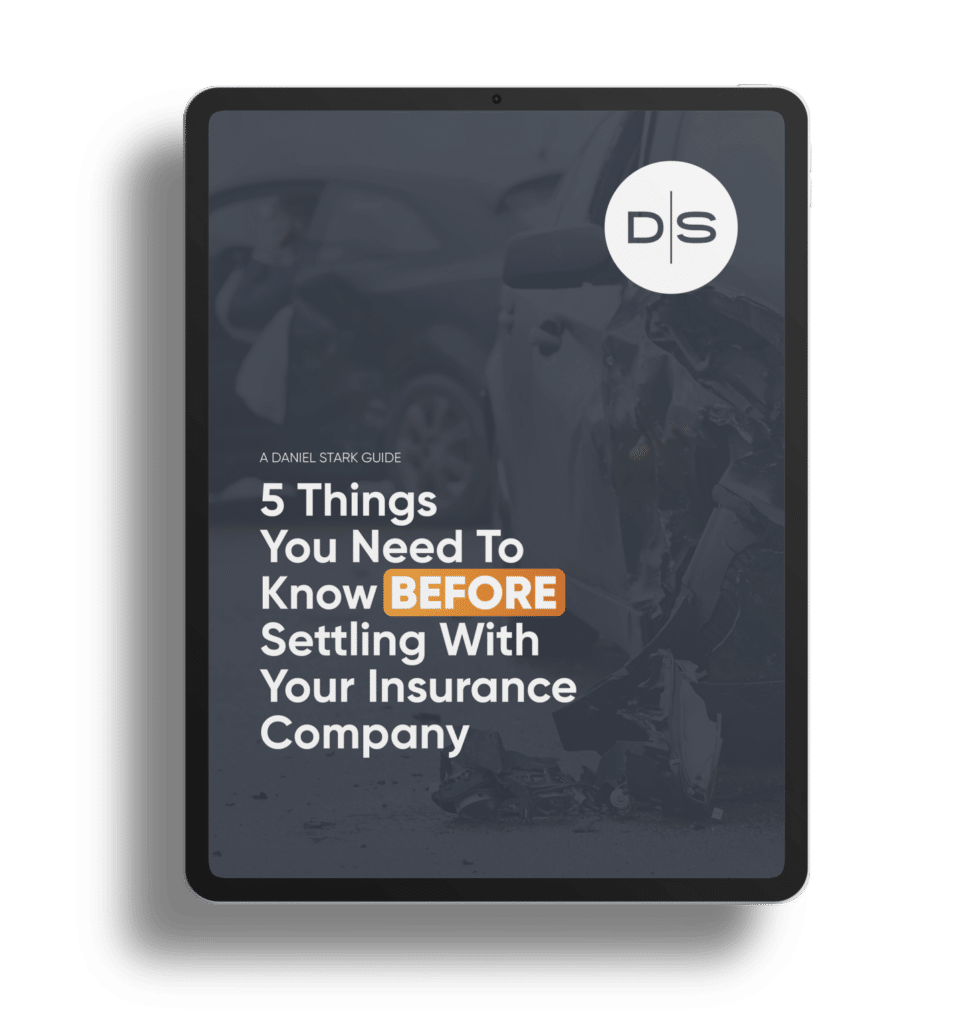As the new school year begins, children in the U.S. will be returning to classrooms, many of whom will be walking or biking to class.
With increased traffic in the areas around schools, it may be tempting for drivers to rush through school zones. However, adhering to speed limits and exercising caution is crucial for young pedestrians’ safety.
Here’s why school zones are so critical and how you can help prevent pedestrian injuries.
Why do drivers need to slow down in school zones?
Unfortunately, motorists frequently disregard stop sign rules in school zones and residential neighborhoods, with some failing to come to a complete stop, rolling through stop signs, or failing to slow down at all. This is why specific speed limits and traffic laws exist in the areas around schools.
In Texas, speed limits can be reduced to 15 miles per hour in certain school zones. Drivers should keep a lookout for traffic signs marking these zones, which are usually placed in advance to alert approaching vehicles. These signs display the speed limit, hours of enforcement, and are painted in white and neon yellow for visibility. Some signs even have flashing lights when the school zone is in effect.
As responsible drivers, we must prioritize children’s safety by slowing down and being alert in school zones. This applies even outside of regular drop-off and pick-up times.
Why are children at a higher risk for pedestrian injuries?
Children are more vulnerable to vehicle collisions for several reasons. They are less cautious than adults and often smaller, making them harder to spot while driving. Additionally, their smaller size increases the risk of not surviving a crash.
Slowing down in school zones is crucial for child safety as it reduces the likelihood of collisions and minimizes the force of impact. Going faster than the school zone speed limit not only increases the chance of injuring a pedestrian, but it also increases the severity of the injuries. The fatality rate for a pedestrian hit by a vehicle at 30 mph is 45%, compared to just 5% at 20 mph.
Keep in mind that children may not always cross where or when they should, and may not be entirely aware of the potential dangers. 80% of pedestrian fatalities among children ages 14 and younger occurred at non-intersection locations, such as between parked cars or crossing the road in the middle.
When approaching a school zone, drivers should assume that most pedestrians may be unfamiliar with traffic laws and may not understand how cars operate.
What additional driving rules should you follow?
When driving through school zones, here are several things to keep in mind to ensure the safety of children and pedestrians:
- When approaching a stop sign or crosswalk, always come to a complete stop and never pass a stationary stop sign or one held by a crossing guard.
- Avoid blocking crosswalks and wait for crossing guards to clear the intersection before proceeding.
- Cell phone use is banned in Texas school zones. Distractions, like talking or texting, can impair reaction time, and even a glance away from the road can increase crash risks.
- When you spot someone who wants to cross the road, make eye contact to confirm visibility. If no eye contact is made, assume they haven’t seen you and may keep walking.
- It’s illegal to pass a school bus on undivided roads while it’s stopped to load or unload children. Kids are at highest risk within 10 feet of the bus, and most bus-related collisions involve children who are hit by motorists passing illegally. So, when you see yellow or red lights on a school bus, give it plenty of room to prepare to stop and let children on or off.
- It’s better to drop kids off at school rather than across the street to minimize risks.
- If you’re not a parent responsible for child drop-off or pick-up, take an alternate route to keep school zones safe.
What are the penalties for speeding in Texas school zones?
Every driver has a responsibility to obey the speed limits and be vigilant while driving through school zones. Texas takes this responsibility seriously, which is why increased fines and court costs have been imposed on drivers caught speeding in these areas.
If you’re caught speeding in a school zone in Texas, the amount of your fine may vary depending on the city, county, or municipality where you received the ticket. For example, if you’re stopped for going above the limit in cities like Houston, San Antonio, or Austin, expect to pay over $200 in fines.
While speed cameras, crosswalks, stop signs, flashing lights, and crossing guards can offer some protection for school children, it’s up to motorists to do their part.
Contact an Experienced Personal Injury Attorney
It’s essential to remain attentive and obey speed limits while driving through school zones. Remember, the few seconds you may save by speeding is not worth the life of a child.
If you or a loved one has been injured in a pedestrian collision, contact a qualified personal injury attorney today.












